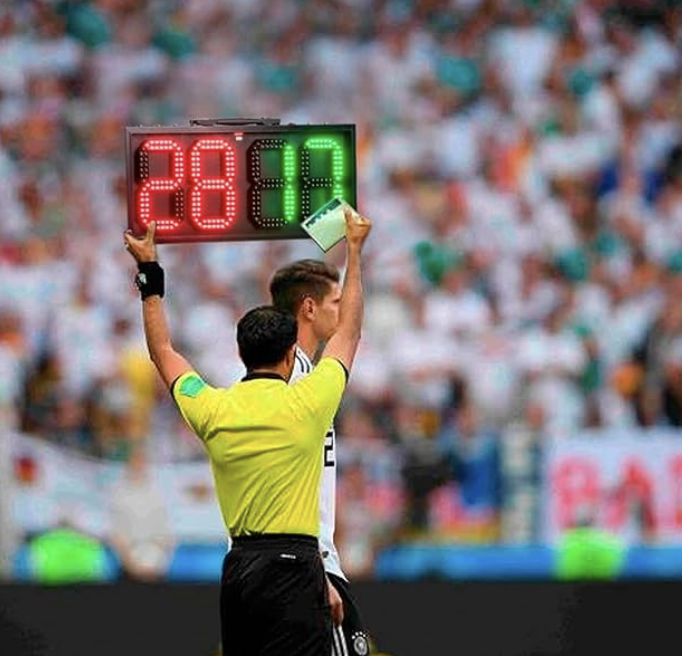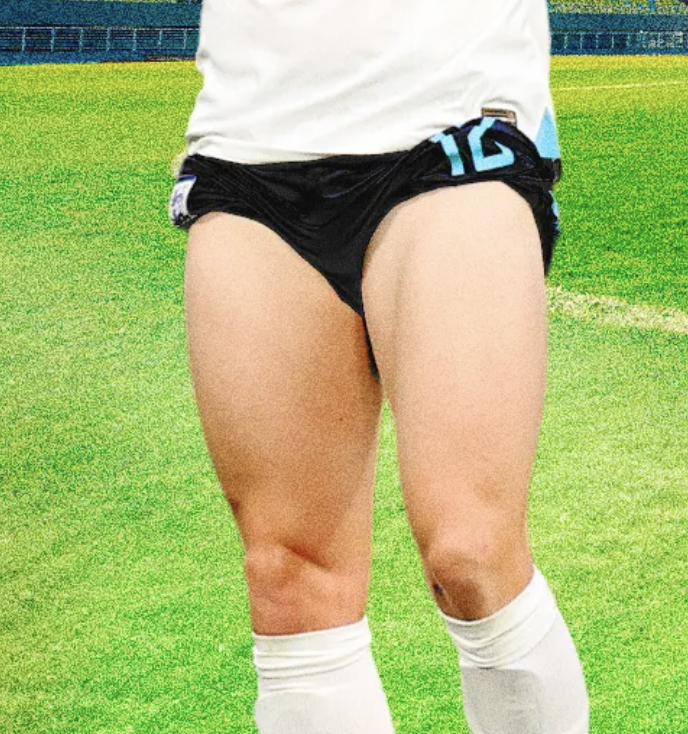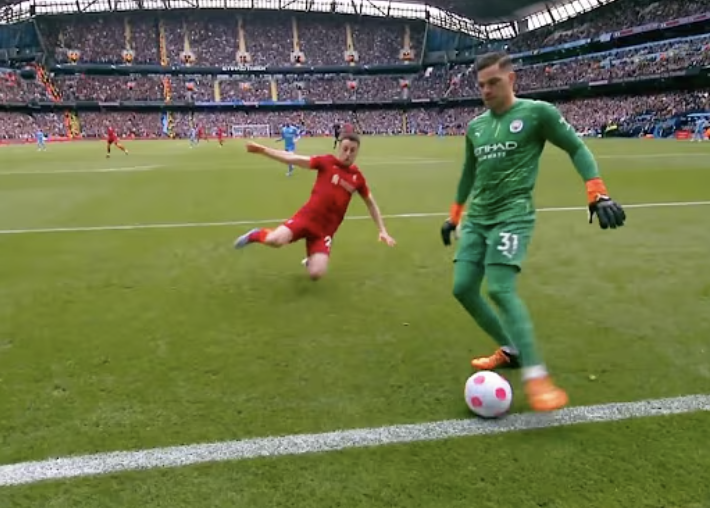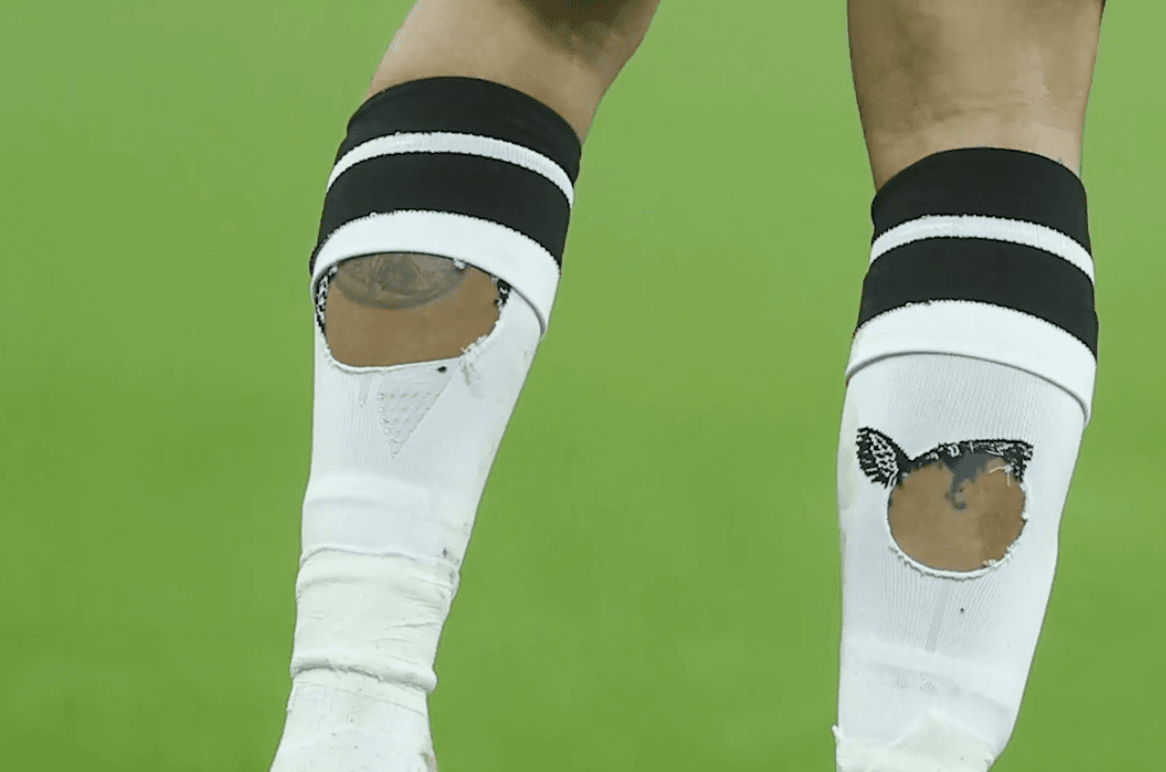VAR’s killing football.
Big wages are killing football.
Ticket prices are killing football.
Over-exposure is killing football.
Saudi princes are killing football.
It may well be that if and when soccer’s death certificate comes to be signed, all of these things will be included in the cause of death section as contributory factors. But true fans of what used to be known as ‘the Beautiful Game’ know that football is being kept alive on a ventilator because the soul went out of it a long time ago. And football didn’t lose its life’s breath in a single traumatic event, it died a death by a thousand cuts, some of them deeper than others, but all of them drawing blood.
Here's the non-exhaustive list of the things that killed the game. If you’ve got others to add, then go ahead and knock yourself out…
1. The Long Goodbye
It used to be that when players were substituted they slapped hands with the guy taking their place, sat down and had a drink. If we were lucky, they’d have kicked an innocent water bottle or mouthed an obscenity at the coach. But now they high-five not only their replacement and their coach, they high-five every single player and every member of the backroom staff in the dug-out. At times they’ll leave the dug-out when they’ve finished and start high-fiving the gallery of injured and underage players in the row of seats behind the dug-out. Just sit down, ffs. You’re doing a lap of honour because you’ve just been subbed. Think about it.

2. The long and the short of it
Jack Grealish famously wears his socks round his ankles and postage stamp-sized shinpads because he thinks he’s got nice calves. They’re certainly muscly, which might be attractive to some female viewers (and, statistics tell us, 10% of his teammates), but it’s probably that vanity which has seen the £100 million paid for him by Man City disappear down the plughole quicker than Jack’s fake tan. But if Grealish is an outlier, the short-pullers are threatening to take over the game. We’re talking about players who like their thighs so much that they take the chance at every stoppage to pull one leg – occasionally two – of their shorts up to their hip to display the full splendour of their lower limbs. We’re told players do it to air their nether regions, but hold on a minute. Tucking your shorts up into the join of your thigh and torso closes off the shorts and while it may cool a few inches of the upper leg, it’s turning the ging-gang area into a sauna. So let’s be honest: It’s a Grealish vanity thing, except with thighs instead of calves. Everton keeper Jordan Pickford and Man Utd centre-back Harry Maguire are probably the Premier League’s leading short-pullers, even though they’re both veterans. A veritable tsunami of young players are following their lead and it can’t be long before a Fulham v Aston Villa clash looks more like a game of women’s beach volleyball.

3. Sock it to me, baby
We’re told footballers cut large holes in the calves of their socks to relieve the pressure of tight hosiery. Let’s think about that for a minute. Football socks are football socks and have changed little over the past 50 years. Unlike, say, football boots, which used to have leather uppers and stainless steel studs but which now have Kleenex uppers and papier-maché studs. Or jumpers, which used to be loose and made out of cotton which got so heavy when it rained that the cuffs scraped the ground. Now jumpers are painted on and made out of NASA-developed polyester/nylon hybrid mesh which kids no long use as goalposts because they cost £120 in the club shop. But socks are still socks and if players cutting holes in them with the nail scissors from their Louis Vuitton toiletry bag had any real benefit then Ron ‘Chopper’ Harris would have been doing it in the 70s. And he wasn’t. He was too busy making holes in his opponents’ socks. The reason players cut holes in their socks is because other players cut holes in their socks. The way players in the 90s used to put clips on their noses because Robbie Fowler started putting a clip on his nose. And then he just kind of stopped. So did everybody else. Just as they’ll stop doing this.
4. Hop to it
You may or may not remember the days of World of Sport and Sportsnight when players exited the tunnel at the start of the game and then suddenly began running like crazy in all directions. That was the warm-up. Now the warm-up is done twenty minutes before kick-off, after which the players return to the changing room, presumably to remove their jewellery and have their hair touched up. The pre-match tunnel exit is now a funereal walk during which the players hold hands with a mascot whose parents have paid a grand for the privilege. That’s followed by the handshake line-up when players look as though they’re lined up for a firing squad rather than a game of football. As if there’s not enough to have us groaning at the tedium of it all, we have players hopping on to the pitch. Most do it on just the one leg, a very few do it on two. Why they do it is a question as shrouded in mystery as the Third Secret of Fatima or the location of Ally McCoist’s off-button. The best guess is that it’s a superstition thing, although Brighton wing-back Tariq Lamptey was doubtless speaking for many when he said on being asked about it: “I don’t know how it started It’s a bit of a weird one.” Most of us are in thrall to superstition in some shape or fashion. Half of us won’t walk under a ladder. The other half won’t put new shoes on a table. He won’t fly on Friday the Thirteenth, she’ll do the Lotto if a black cat crosses her path. But how many people do you know who have a little hop before they go to work because they’re afraid of what will happen if they don’t? Next year, a hop and a skip as well, no doubt. And the year after that, a hop, a skip and a jump.
5. Back to the future
They say it was Pep Guardiola’s legendary Barcelona team of 2008 to 2012 which started the trend of ‘playing out from the back’ (POFTB). You can be pretty sure the keeper occasionally rolled the ball out to his full-back in a midweek evening mudbath at Stoke in the 70s instead of booting it as hard as he could out of his hands in the general direction of the other keeper. But the revolutionary ‘Tiki-Taka’ style of defenders receiving the ball from the goalie and processing it through midfield to the forwards via a series of short, rapid passes had its apotheosis in the Nou Camp and so enthralled the world that before long it was being practised on Sunday league all-weather pitches as well as in the world’s most glamorous stadia. As POFTB took a grip on the world’s top leagues, it quickly became painfully apparent that the Valdes-Piqué-Iniesta-Xavi-Messi route to goal wasn’t available to other teams. And so viewers of the English Premier League, for instance, have for heading on for 20 years now been treated to the British style of POFTB. Which goes something like this…

Keeper toes the ball cautiously around his box before playing it short to his right back. Right back panics as opposition wing back bears down on him and so passes back to his keeper. Keeper passes to centre back, who reacts as if he’s just been thrown a pinless grenade and passes it to his centre back partner. Second centre back passes back to keeper as opposition forwards close in, sensing the growing defensive alarm. Under pressure from the big number 9, the keeper scrambles the ball to his right back, who gives it to centre back No.2, a game lad who would put his head in a spin drier but has the touch of an arthritic elephant and the turning circle of an oil tanker. He passes the ball, now at head-height, to centre back No.1, who nods it to the right back, who takes a poor touch and scuffs it back to the keeper, who boots it as hard as he can high into the sky. As the ball comes down in the other half with snow on it, keeper and defenders breathe a massive sigh of relief. Until the next time.







